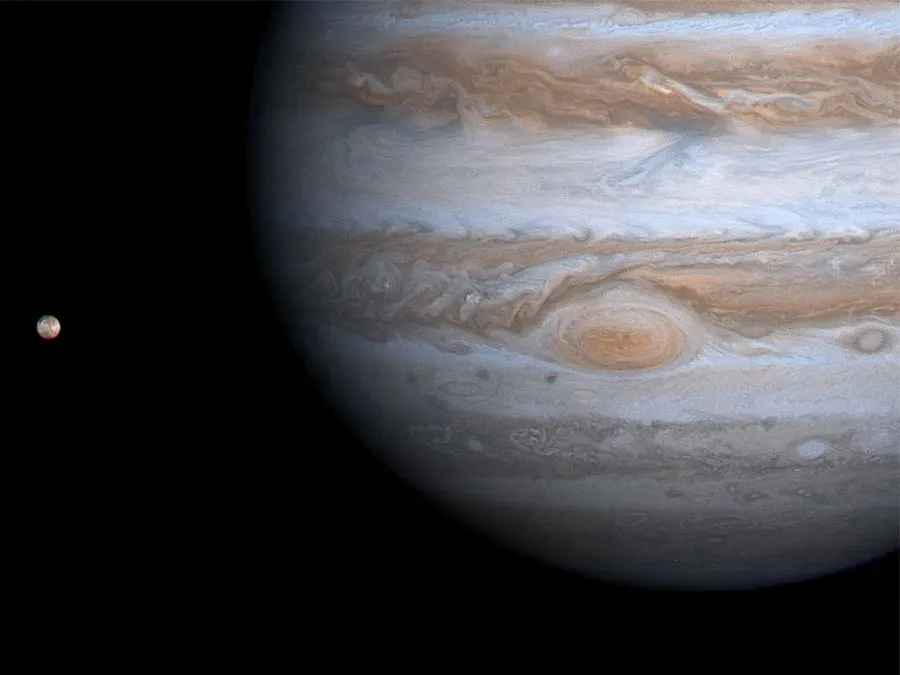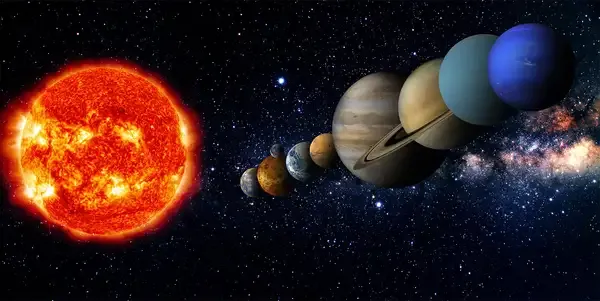- Home >
- Science
- > Technology
7 Important Dates in Jupiter History
Throughout history, key dates have marked significant milestones in our understanding of Jupiter. These include Galileo's discovery of its moons in 1610, which challenged geocentric views, and the 1973 flyby of Pioneer 10, the first spacecraft to reach Jupiter. The Voyager missions in 1979 provided detailed images and data, while the Galileo orbiter in 1995 explored its atmosphere and moons. The Juno mission, launched in 2011, continues to reveal unprecedented insights into Jupiter’s composition and magnetic field.

Understanding the history of Jupiter can offer remarkable insights into our solar system's largest planet. The following are ''seven important dates'' that have shaped our knowledge and perception of this giant gas planet.
1. Discovery of Jupiter (7th Century BC)
Though ''Jupiter'' has been known to humanity since ancient times, it was first documented by Babylonian astronomers in the 7th century BC. They recognized it as a wandering star and associated it with various deities, laying the groundwork for future astronomical studies.
2. Galileo's Observations (1610)
In 1610, ''Galileo Galilei'' became the first person to observe Jupiter through a telescope. He discovered four of its largest moons, known today as the ''Galilean moons'': Io, Europa, Ganymede, and Callisto. This discovery transformed our understanding of celestial bodies and provided evidence against the geocentric model of the universe.
3. The Great Red Spot (1831)
The ''Great Red Spot'', a massive storm on Jupiter, was first noted in 1831. This storm has been raging for at least 350 years and is larger than the Earth itself. Its discovery marked a significant milestone in understanding the planet's atmospheric dynamics and weather patterns.
4. Pioneer 10 Flyby (1973)
The launch of ''Pioneer 10'' in 1972, which completed its flyby of Jupiter in 1973, marked humanity's first close-up look at the giant planet. This spacecraft transmitted the first images of Jupiter and its moons, revealing details about the planet's atmosphere, magnetic field, and radiation belts, greatly enriching scientific knowledge.
5. Voyager 1 and 2 Missions (1979)
The ''Voyager missions'', which took place in 1979, provided even more detailed information about Jupiter. These spacecraft captured stunning images of the planet and its moons, discovered new moons, and detailed the structure of the rings around Jupiter. The findings from these missions have been pivotal in the study of ''Jupiter's'' complex system.
6. Galileo Orbiter Arrival (1995)
In 1995, the ''Galileo spacecraft'' entered orbit around Jupiter, providing unprecedented data for nearly eight years. It sent back crucial information about the planet's atmosphere, its moons, and the presence of liquid water beneath the icy surface of Europa. This mission significantly advanced our understanding of the ''Jupiter system'' and its potential for harboring life.
7. Juno Mission (2016)
The ''Juno spacecraft'' arrived at Jupiter in 2016, marking a new era in the exploration of this gas giant. Equipped with advanced scientific instruments, Juno is designed to study Jupiter's gravity and magnetic fields, providing insights into its composition, formation, and the dynamics of its atmosphere. The data collected by Juno continues to reshape our understanding of ''Jupiter's'' evolution and its role within the solar system.
These significant dates serve as milestones in the exploration of ''Jupiter'', offering a timeline that illustrates humanity's quest to understand this magnificent planet. Each event has contributed to our comprehensive understanding of ''Jupiter'''s atmosphere, moons, and potential for supporting life, making it a focal point of ongoing astronomical research.
Conclusion
From ancient observations to modern space missions, the history of ''Jupiter'' is rich and filled with scientific intrigue. As we continue to explore this fascinating planet, we uncover more secrets about our solar system and the processes that govern its formation and evolution. Each of these important dates marks a leap in our understanding, emphasizing the significance of ''Jupiter'' in both historical and contemporary astronomy.
In conclusion, the aforementioned dates are just a few highlights in the extensive timeline of ''Jupiter'' exploration. As technology advances, we can expect even more discoveries that will illuminate the mysteries of this gas giant and its intricate system of moons and rings.












